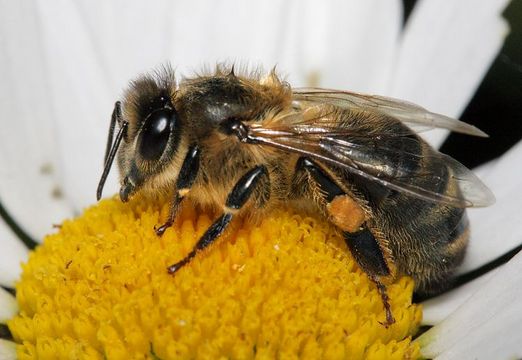About ten years ago The Long Now Foundation initiated an effort to document every living organism on the planet within 25 years. The project was called All Species and while it did not make it through the dot com burst, it was continued by initiatives such as the Encyclopedia of Life and the Census of Marine Life. Because our knowledge of biological diversity of the planet is incomplete, scientists have always been uncertain of just how many species we have left to identify. Recently, however, a paper was published in the open-access biology journal of the Public Library of Science that approaches that question in a novel statistical way. The results are impressive. They indicate that the 1.2 million or so species that scientists have described to date comprise a mere 14% of the total number inhabiting our planet.
Our current estimate of ~8.7 million species narrows the range of 3 to 100 million species suggested by taxonomic experts [1] and it suggests that after 250 years of taxonomic classification only a small fraction of species on Earth (~14%) and in the ocean (~9%) have been indexed in a central database (Table 2). Closing this knowledge gap may still take a lot longer. Considering current rates of description of eukaryote species in the last 20 years (i.e., 6,200 species per year; ±811 SD; Figure 3F–3J), the average number of new species described per taxonomist’s career (i.e., 24.8 species, [30]) and the estimated average cost to describe animal species (i.e., US$48,500 per species [30]) and assuming that these values remain constant and are general among taxonomic groups, describing Earth’s remaining species may take as long as 1,200 years and would require 303,000 taxonomists at an approximated cost of US$364 billion. With extinction rates now exceeding natural background rates by a factor of 100 to 1,000 [31], our results also suggest that this slow advance in the description of species will lead to species becoming extinct before we know they even existed. High rates of biodiversity loss provide an urgent incentive to increase our knowledge of Earth’s remaining species.
On the bright side, there are some encouraging technological advances in social media and genetic identification that are increasing the efficiency of documenting new organisms. The internet facilitates the development of grassroots or amateur scientific projects, and it more widely distributes the daunting task of identifying another seven and a half million species (a task which would otherwise be all the more daunting in light of the dwindling number of professional taxonomists). One such project, featured previously on this blog, is known as 10000 birds and aims to photograph every bird in the world, providing a public database of avian images. For the important task of genetic documentation, DNA barcoding offers an efficient way of analyzing the genetic makeup of new specimens.
With these technologies and the development of others, it may indeed be possible to achieve a comprehensive description of life on earth in a time span closer to Long Now’s 25 year goal for the All Species project than the twelve centuries cited by the study above. And why develop such a catalog? Robert May of Oxford University’s Zoology department wrote a compelling companion piece to the study in the Public Library of Science’s journal.
[…] we increasingly recognise that such knowledge is important for full understanding of the ecological and evolutionary processes which created, and which are struggling to maintain, the diverse biological riches we are heir to. Such biodiversity is much more than beauty and wonder, important though that is. It also underpins ecosystem services that—although not counted in conventional GDP—humanity is dependent upon. […] The essential fact is that, if we are to meet the challenges facing tomorrow’s world, we need a clearer understanding of how many species there are—both on land and in the even less well-studied oceans—underpinning the structure and functioning of ecosystems.
